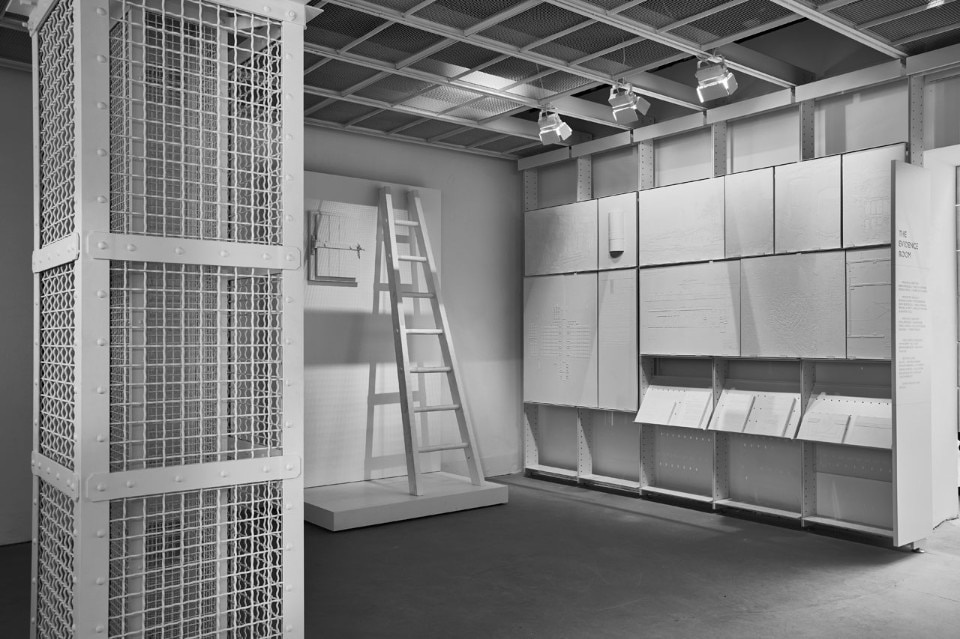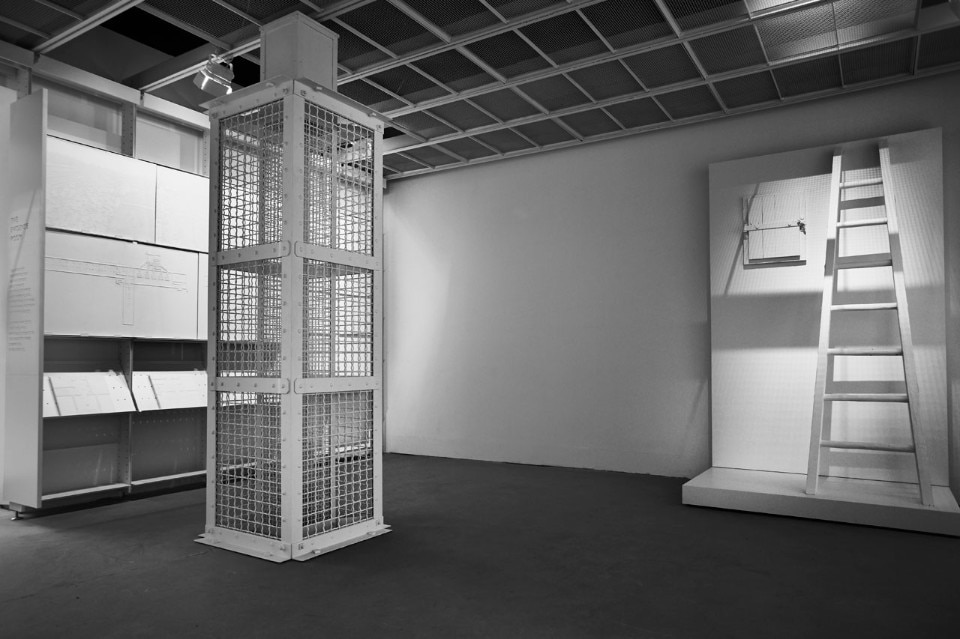
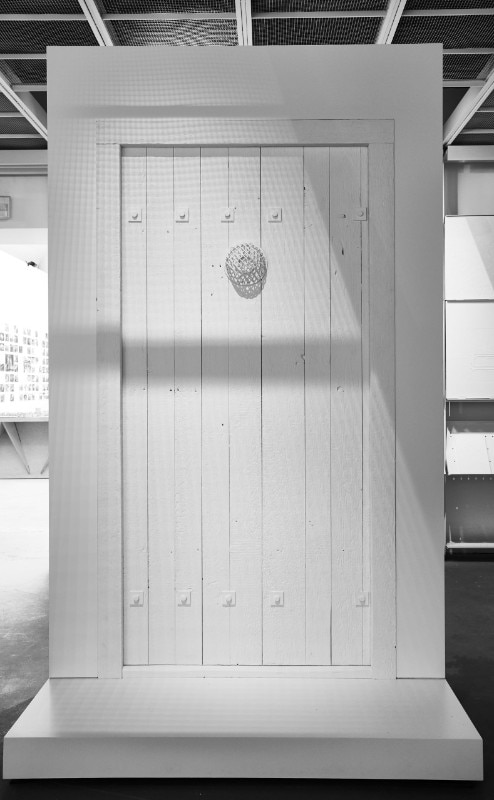
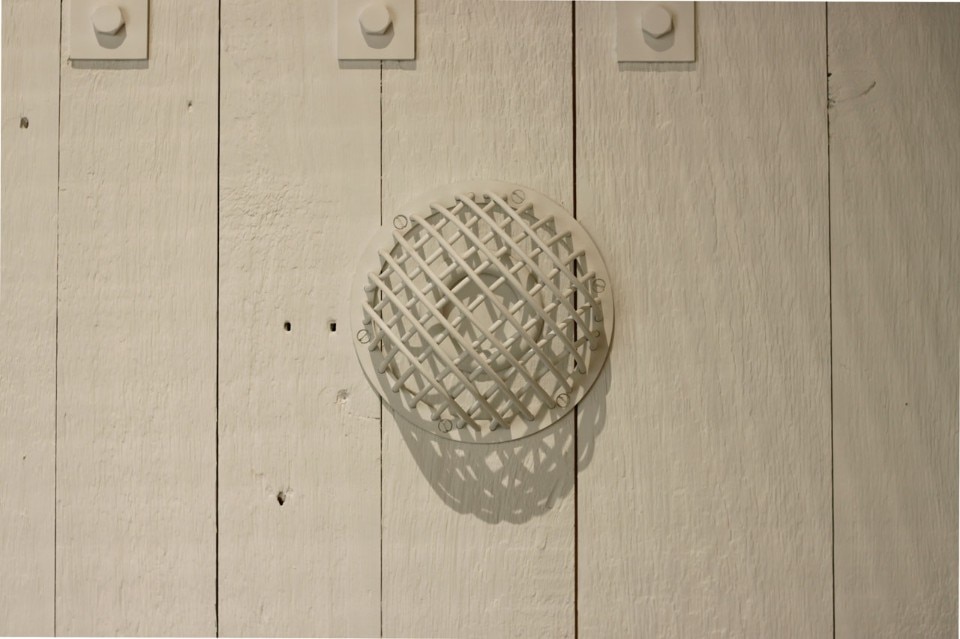
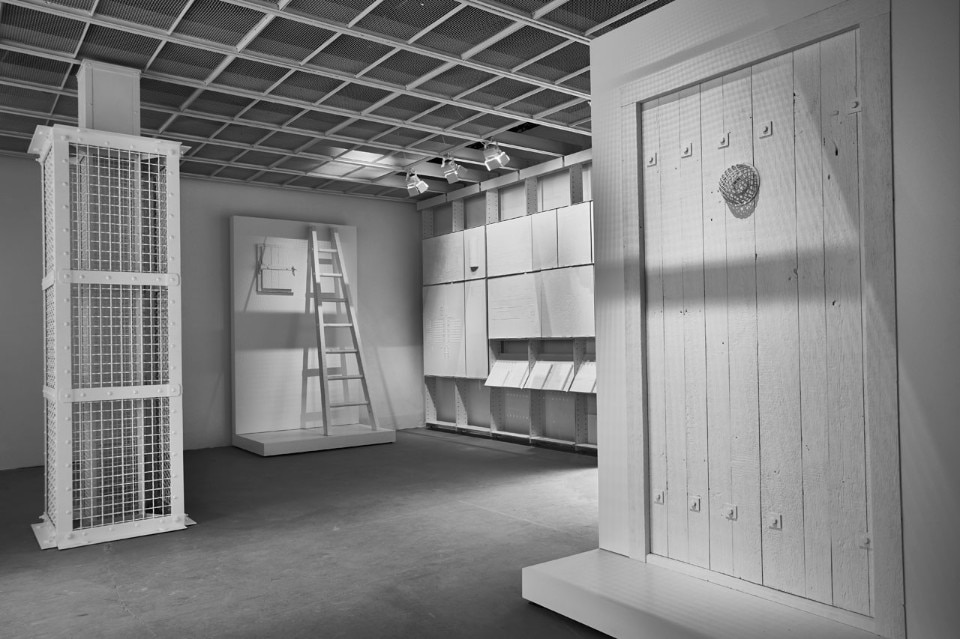
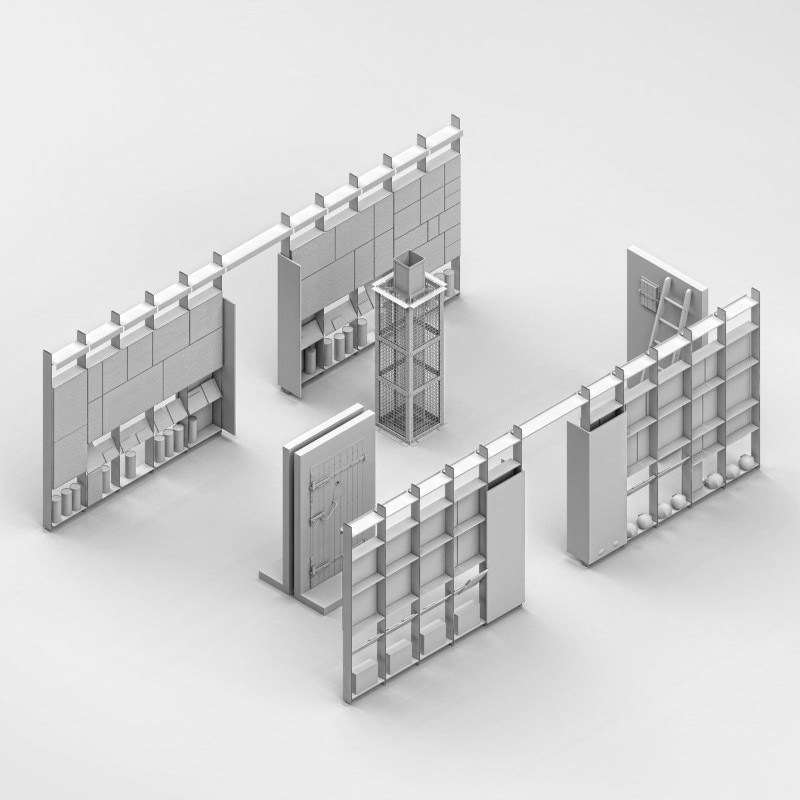
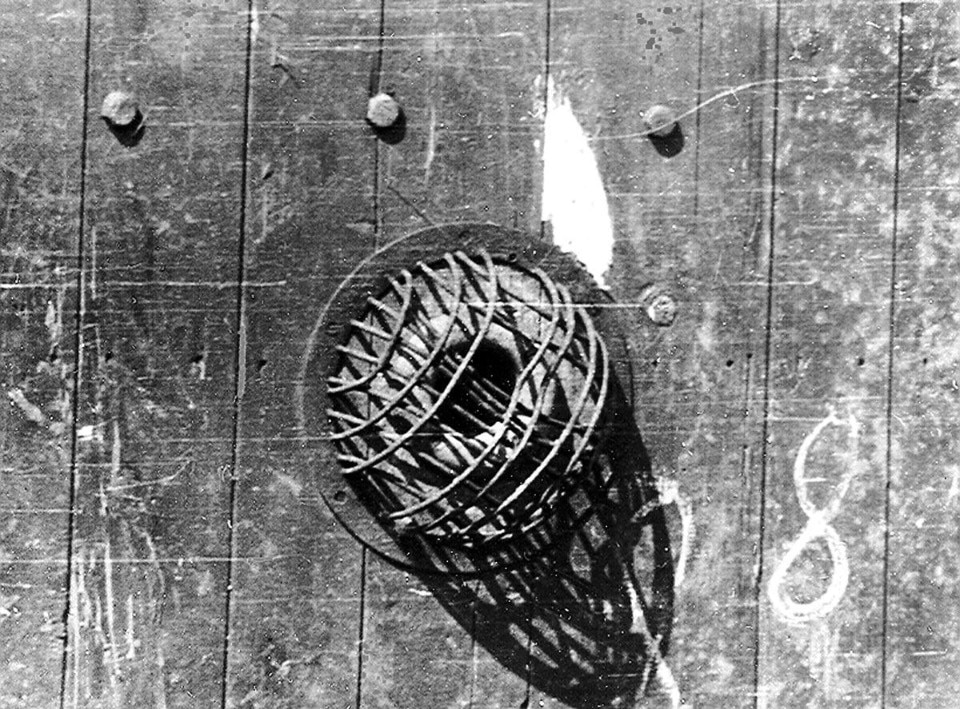
Van Pelt cites the historian Nikolaus Pevsner who, speaking of the extermination camps and Holocaust, said “The less said, the better.” Certainly, the generation that lived through that period wanted to speak as little as possible about the drama of the Holocaust. However, Aravena’s Biennale placed the social role of architecture and, more importantly, the knowledge and sharing of experiences at its heart. The Evidence Room shares the drama of the gas chambers and casts light on an attempt to deny their existence but, above all, it reflects on the moral and ethical responsibility of producing architecture.
Addressing the moral extremes of architecture and the provision of professional skills for a crime, the Evidence Room does not join the chorus of those keen to keep its memory alive, rather it personifies the drama of Auschwitz.


